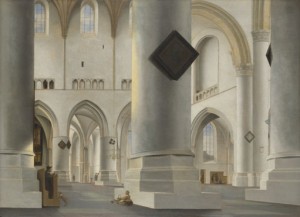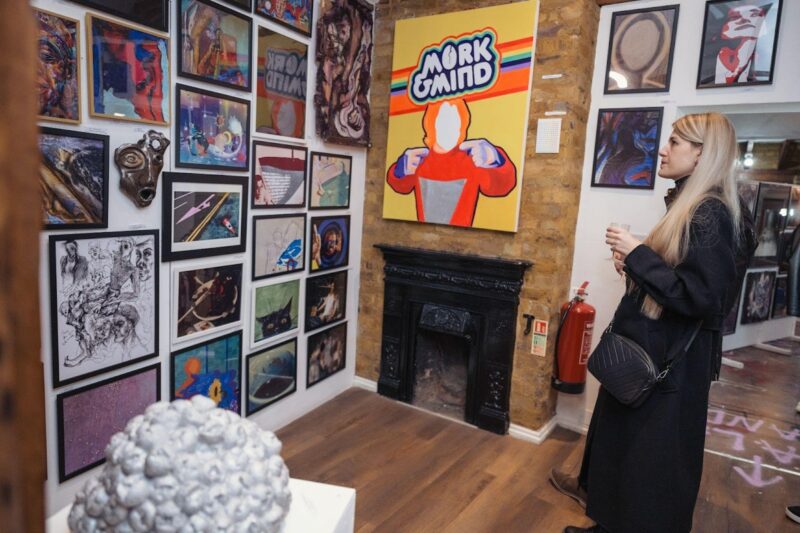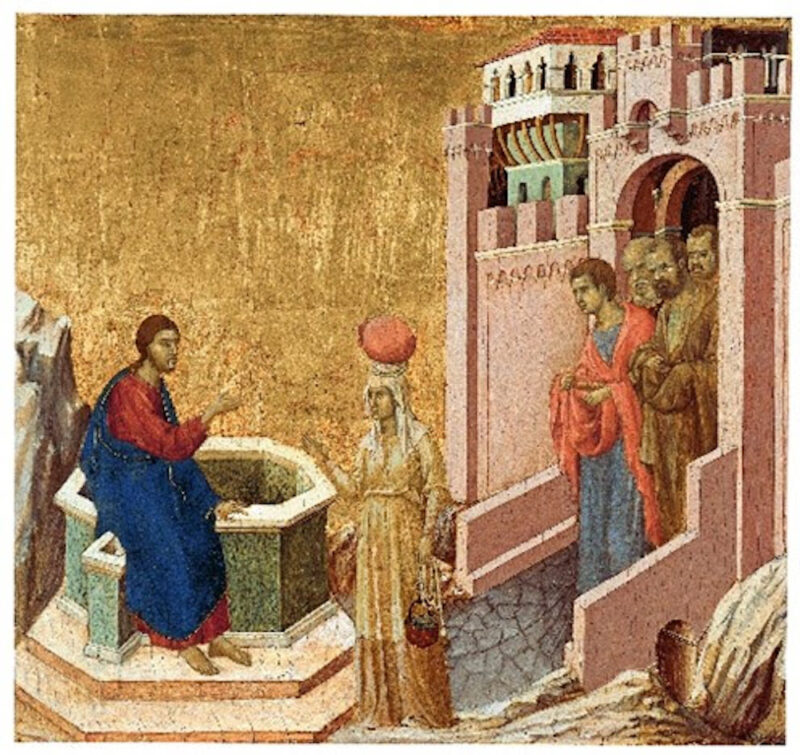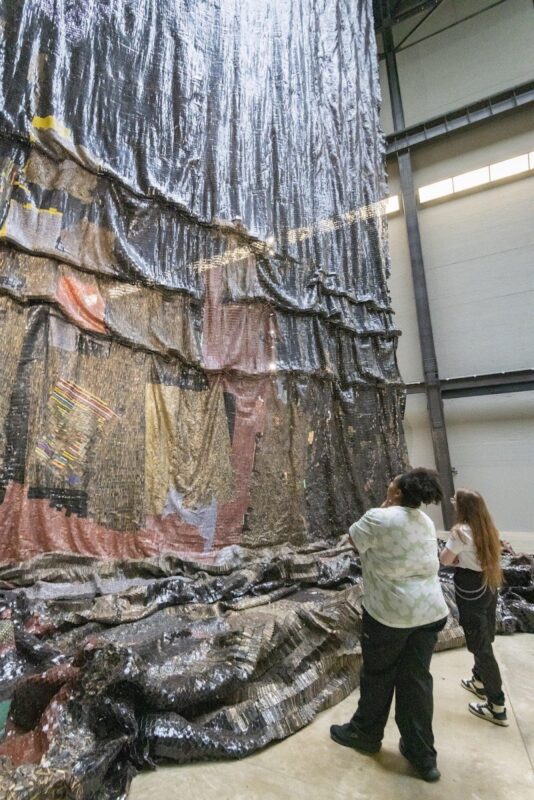Kimberley will attempt to combine her knowledge into contrasting aspects of artistic studies: History of Art and Contemporary Art and Theory. Her challenge = to pick a room of the National Gallery, London at random and find a painting there, whether it be Gothic, Renaissance, Impressionist or Medieval in style, to analyse using contemporary theory.
Can she achieve a deeper level of interpretation? Or will such a random task disintegrate into nonsensical ramblings??
 [ “The Interior of the Grote Kerk at Haarlem”, Pieter Saenredam, 1636-7, oil on oak, 59.5 x 81.7cm, (c) National Gallery, London ]
[ “The Interior of the Grote Kerk at Haarlem”, Pieter Saenredam, 1636-7, oil on oak, 59.5 x 81.7cm, (c) National Gallery, London ]
RANDOM ROOM ROULETTE # 10 : ROOM 27 : Architectural Paintings in the Netherlands
“The Interior of the Grote Kerk at Haarlem”, Pieter Saenredam, 1636-7
Room 27 acts as an optical illusion; a kaleidoscope of mass, shadow and depth. Filled with artificial space and shapes these architectural profiles employ precise perspective, illusionistic geometry and suffused light to create images that are ultimately empty. The brilliant lighting and spatial illusionism make these paintings beautiful, but also hollow; so devoid of life, individuality or personality that they become almost harrowing.
Despite being painted in the 17th century, “The Interior of the Grote Kerk at Haarlem” by Saenredam reflects the aesthetics of the Dutch-based De Stijl movement of the 1920s. De Stijl aimed to attain a utopian purification through art; a move away from the social and anthropological associations of the ‘cult of the individual’ towards a realisation of universal harmony. Perfection in clarity, precision, geometry and an autonomy of art itself led to new philosophies and architectural design that left no room for the human condition. Saenredam’s painting prefigures this notion, and the contemporary theory surrounding the De Stijl artists can be aptly applied. Painted with sobriety and clarity The Interior is disengaged from humanity, instead lending its subjectivity to architecture autonomously. This lack of direct subjectivity also alludes to abstract expressionism; a canvas void of decoration and liberated from indulgent individualism.
The Interior can however also be seen as representing a lack, of nodding towards the emptiness and loneliness of modernity and questioning space, reality and perception. Without any pictorial representation, the human condition is almost suggested. The pure, white architectural volumes act as a canvas onto which the viewer can project their own identity and their own perceptions of reality. The serene colour and ambience of this painting promotes private contemplation. It is not all-encompassing like the canvases of abstract expressionism, but instead induces private thought and spirituality, seconded by the painting’s religious context.
Paradoxical questions can be cited all over this image, a quality that is totally prevalent within contemporary art. Is this piece about reality or artificiality? Is it a blank canvas to project ones own thoughts or is it devoid of any human association? Does this architecture shelter and protect? Or diminish humanity? Is this empty space harrowing and lonely, or calm and inviting?
These questions, along with the physical and philosophical similarities to the De Stijl movement renders contemporary theory relevant to this image. Despite being painted almost 300 years previously the resemblances between The Interior and the white plaster of De Stijl are uncanny.
– words by Kimberley Brown









